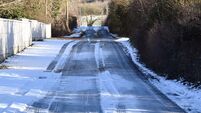Seeing the wood for the trees — why our Sitka planting policy needs the chop

"Hunter-gatherers were likely in Beara from Mesolithic times. At Uragh, there is a spectacularly sited, probably Bronze Age, stone circle overlooking the woods," Mr Daltun said.
On the Kerry side of the Beara peninsula lies a forest. It contains secrets and wonder and marvel to those that live in its proximity, but remains unknown to most of us.
This mystical place, named Uragh, is a throwback to Ireland’s ancient past, when forest cover was the norm, biodiversity thrived and the climate was not in crisis.
Uragh Wood, on the shore of Inchquin Lough,
is one of the last remnants of one of Ireland’s great natural phenomena, the lush green forest that provided safety and sanctuary for thousands of species throughout millennia.
However, Uragh Wood is in trouble, hampered by overgrazing and a lack of resources to nurture and manage it properly.
Today, Ireland’s forests are viewed through a commercial lens, as the open island economy utilises all its natural resources to compete on a world stage.
It doesn’t have, and shouldn’t have, to be this way, according to environmentalists.
Mentioning forestry in Ireland in 2021 and the main image that comes to mind is rows and rows of Sitka spruce and other non-native species of tree, alien to Irish soil but doing the job that is intended as a commercial outlet.
For the layperson, it can be very difficult to disseminate if Ireland’s forestry policy is positive or negative.
“The species is extremely well adapted to growing in Irish conditions, it loves the rain. Over 300,000 hectares of Sitka spruce is planted in Ireland all this biomass growing vigorously represents a significant carbon store,” the body claims.
“Over 90% of the timber harvested in Ireland is from Sitka spruce forests and many diverse products are produced, ranging from pallets and packaging to timber fencing and construction timber. These products contain stored carbon and their shelf life and continued storage depend on their end-use.
"Products with a short life span will decay and release carbon more quickly back to the atmosphere, whereas timber used for construction purposes locks that timber away for a longer period.”
In October 2020, Friends of the Irish Environment cited a report produced for the Department of Agriculture that it claimed showed Ireland’s forestry is now a growing source of greenhouse gas emissions rather than a sink absorbing them.
Emeritus Professor of the Geography Department at Maynooth University since 1978, John Sweeney, said in light of the report that any hope that new afforestation can miraculously be counted to meet short term carbon budgets is misplaced.
“The present forestry model grows the wrong trees in the wrong places. We must not sacrifice biodiversity in western Ireland to provide Sitka Spruce plantations to enable biodiversity destruction on intensive dairy farms in eastern Ireland,” he added.
Environmentalist Eoghan Daltun runs a high nature value farm and rewilding project on the Beara peninsula.
It is bad not just for the climate crisis, but crucially for the biodiversity crisis that has left Ireland’s wildlife under serious threat of oblivion, he told the
Lost in the conversation around Ireland’s forestry policy is the fact that Ireland was once a land rich in varied forests, full of flora and fauna that thrived organically rather than artificially.
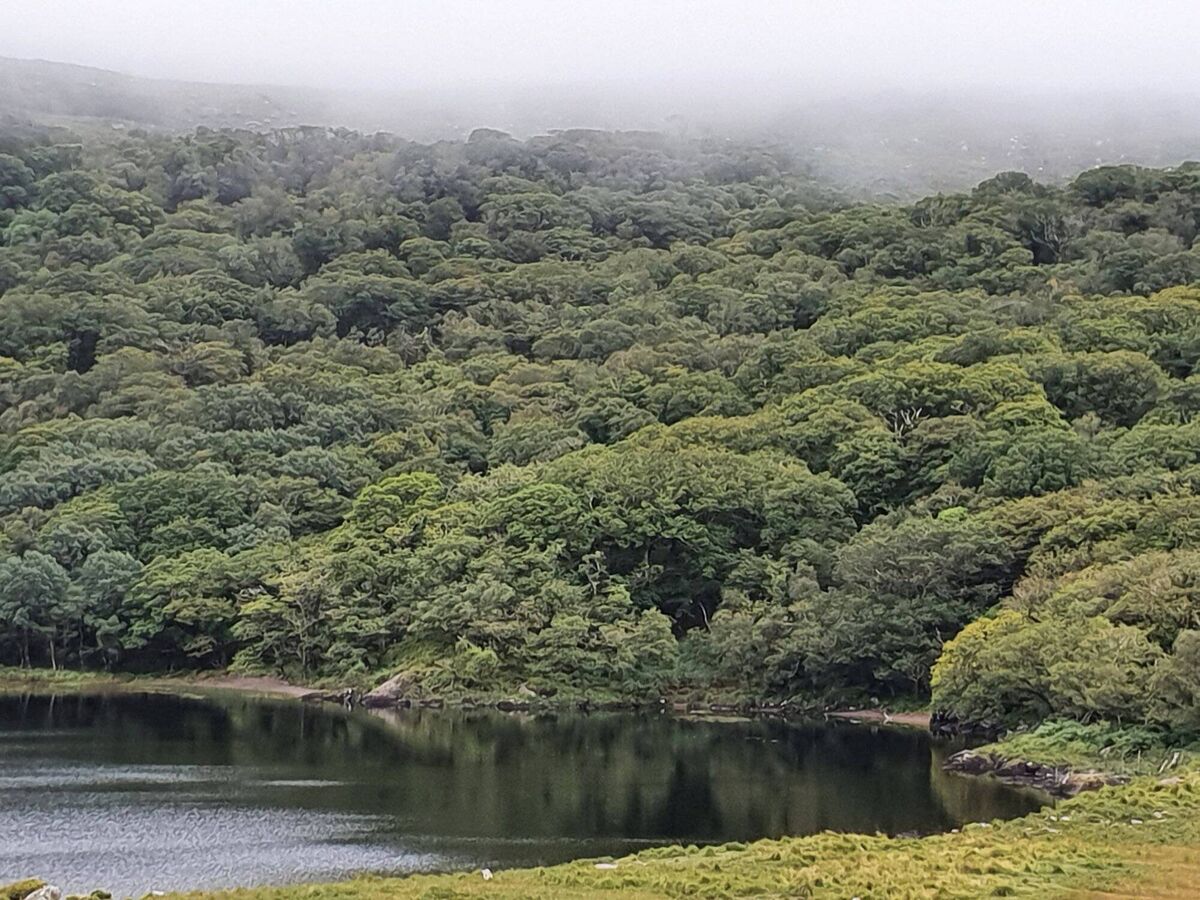
According to the latest Central Statistics Office (CSO) data, in 2020, just 11.2% of Ireland’s total land area was covered by forestry, the third-lowest proportion across the 28 EU states.
However, it has been steadily improving, the data shows, with the area under forest increasing from under 6.8% in 1990. Ireland is only better for forest cover than Malta and the Netherlands in the EU, while Finland had the highest proportion at 66.2% in 2020.
Mr Daltun said he believes this picture may be accurate in technical terms but wholly skewed when viewed forensically.
“Ireland has a forest cover of only 11%, one of the lowest in Europe. That statement in itself is farcical — it is true if you include Sitka spruce and those types of species, but they are not forests. The reality of forest cover is somewhere between 1% and 2% in relation to some form of native species, most of which are in absolutely terrible condition,” he said.
“Places like Killarney National Park and Uragh, most of them are like ecological wrecks. We’re in a really, really bad place as regards the type of habitat that ecologists reckon once covered about 80% of this island. So when most people see 11% of Ireland under forest, they don’t really understand what that means.
“If we are really interested in having forests contribute to combating climate change, then we need ecosystems that actually work. Places like Uragh, the state that they are in, it is an outrageous disgrace.
"The reason for that is largely historical, it’s to do with the Plantations of the 16th and 17th centuries. The little tiny pieces that we have left such as Uragh should be an absolute priority and yet they are just left. It’s as if nobody cares or that it doesn’t matter.” Monocultures of any kind — defined as the cultivation of a single crop in a given area — are a bad idea for biodiversity, according to Mr Daltun.
That means rows and rows and more rows of Sitka spruce, while commercially viable for industry, are bad for communities and wildlife.
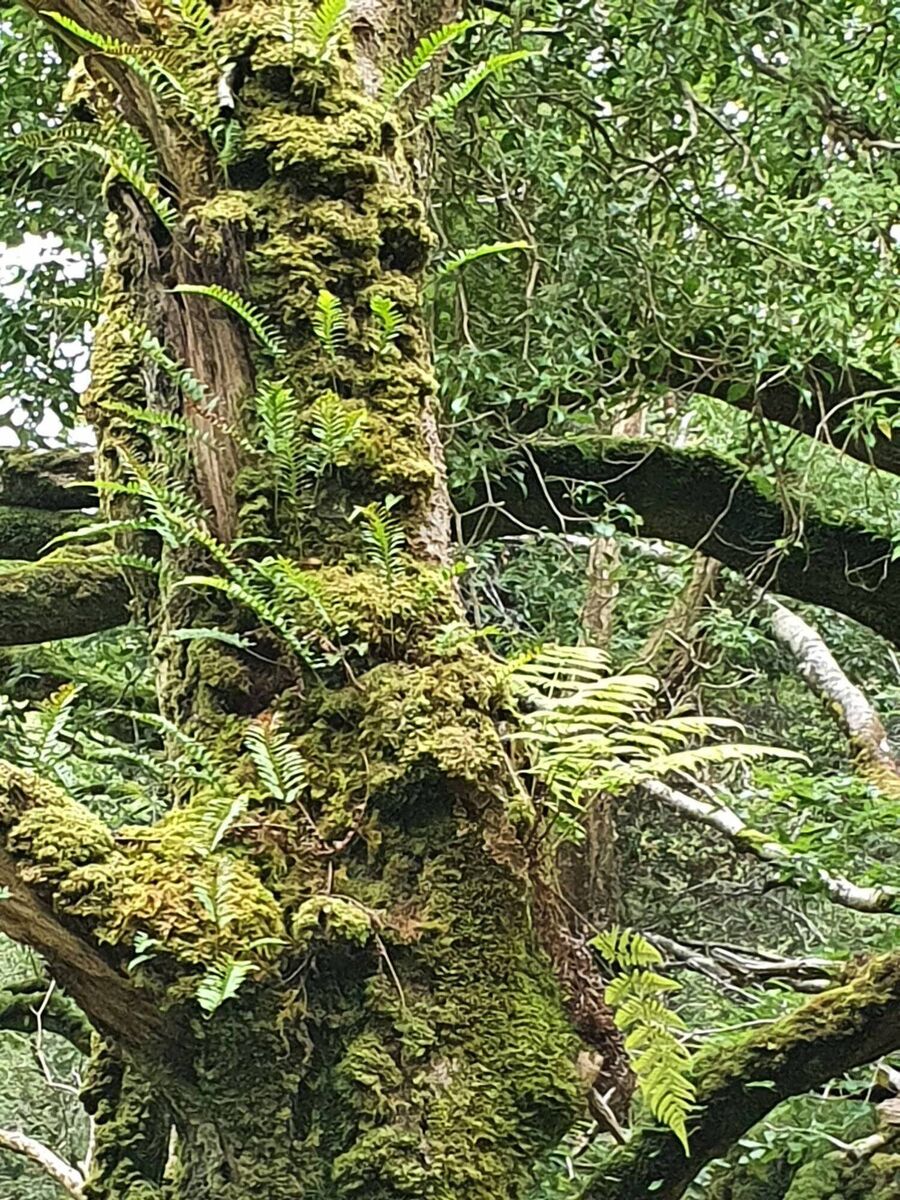
In 2019, the Government announced the planting of 440 million trees by 2040. That’s of little use to biodiversity if it is monocultural, Mr Daltun said.
“The thing about that is that 70% of those trees would be non-native, such as Sitka spruce and exotic species. Even with native species, if you plant ash or something like that, it’s actually not going to be a whole lot better than just Sitka spruce or supposedly native species. It’s a totally non-natural thing to have a monoculture of any species of trees. Plus they are not wild trees, they are going to be planted in rows.
“You have people in Leitrim and lots of other places who are up in arms because they are saying their whole environment is being blanketed with these absolute dead zones. I have a friend who lives in the middle of one of them and he says it is absolutely awful. His place is almost like being on an island surrounded by these walls of trees, dead zones. They are dark and they are foreboding and there is little there.”
In July, a local environmental group took a High Court case aimed at quashing a licence for a forestry project in Co Leitrim involving planting 12 hectares with the “alien species” of Sitka spruce.
Save Leitrim Environmental and Biodiversity Group CLG said it is concerned about “the detrimental impact of forestry and the monocultural planting of Sitka Spruce on the local communities”.
It claimed such projects “completely obliterate" the landscape over a very wide area and “remove entirely the cultural landscape that had evolved over many centuries, if not millennia”.
Mr Daltun said such monocultures are “totally the opposite” of thriving biodiversity areas.
“You will see people trying to defend them as being of value to some wildlife because you find species such as red squirrels or pine martens in them.
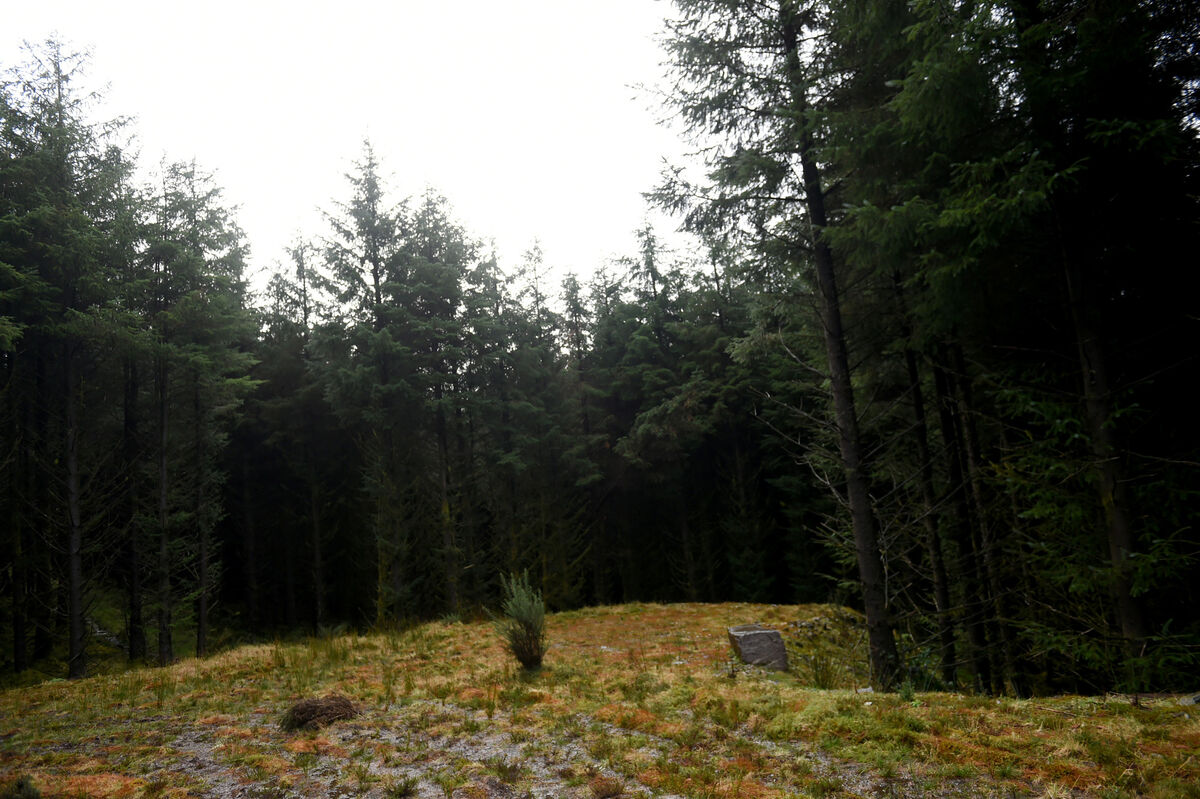
“However, you find those species at a much higher density in native forests. You find thousands of other species in a native forest than you would find in a monoculture plantation. You’ll find all the types of woodland flowers to insects to mosses — literally thousands of species,” Mr Daltun said.
Proponents of Sitka plantations and other monocultural areas say that they are safe zones for biodiversity to thrive, a claim that Mr Daltun says is wrong.
“If you go into a car park — you’ll find mosses and weeds growing between the cracks of the concrete or tarmac — technically that is life. Life can survive in the most forbidding environments but that doesn’t mean we should argue that they are great for wildlife. A few weeds or moss between cracks does not mean a carpark is a biodiversity reserve.
“You would be amazed at how common those arguments are being made in relation to monoculture, because of that push to plant a lot of Ireland with these species. That is Government policy and that is what the forestry industry wants.”
Rather than view biodiversity and climate mitigation as a byproduct of industry practices, it should be the other way around, according to Daltun.
"The way we do things is that we think first and foremost about profit and industry. Profitability is the first and foremost consideration and then afterwards — maybe — come considerations around biodiversity or the climate.
“I think there is a really healthy interest and deep connection to forests among people — the idea of a genuinely functioning native eco-forest. The fascination amongst people is a huge well, but the problem is that there is no real outlet for it, because forests in this country mostly mean monocultures of Sitka spruce. Nobody is going to find it pleasant going into one. Not only is there little there, but it’s all the same - just this wall of dark green. That leaves people cold. Most people have therefore never actually experienced a healthy, deeply ecologically vibrant forest,” he said.
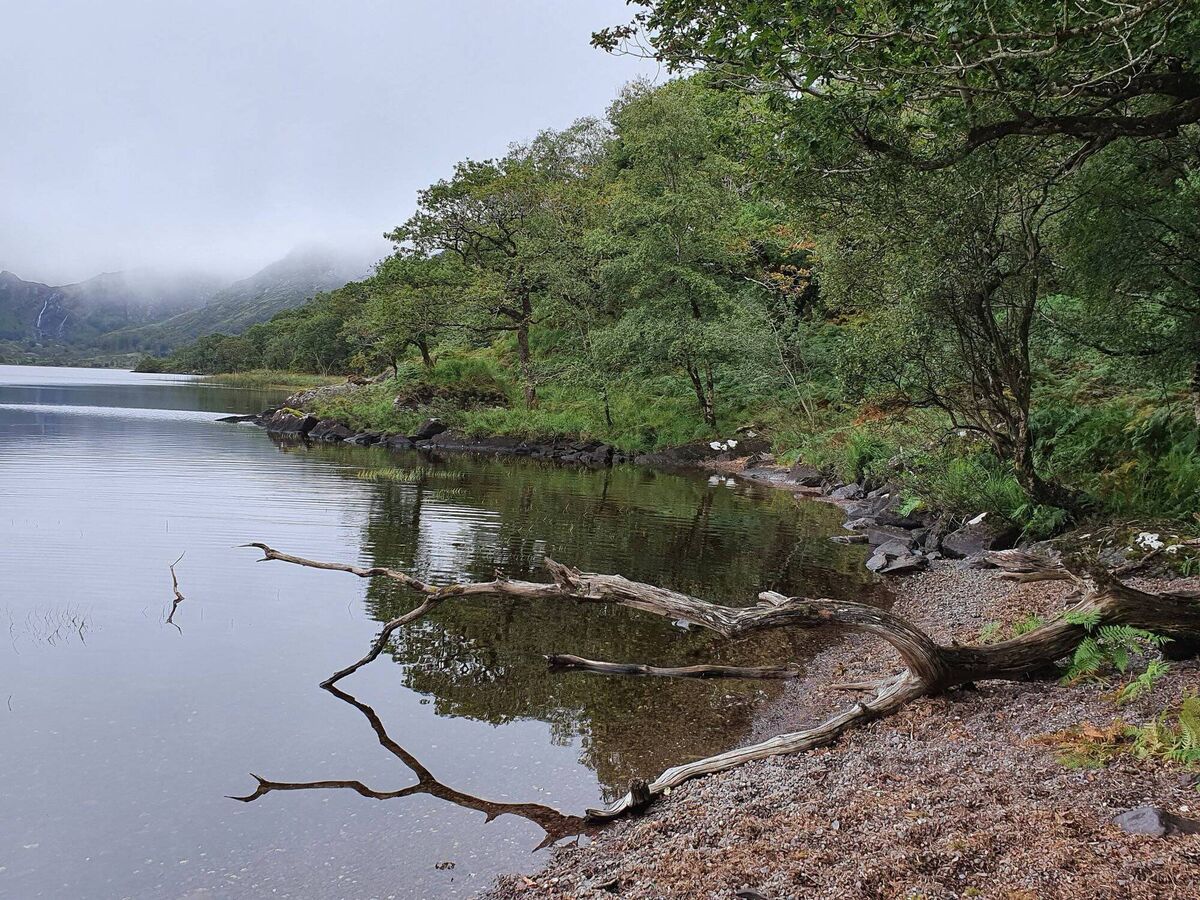
What is the solution then, if Ireland’s current policy in relation to forestry was torn up and rebooted tomorrow?
“This would be seen as possibly extreme, but I believe that we need to be moving away altogether from monoculture plantations. I think we should be abandoning planting non-native species like Sitka spruce and moving towards purely native species, as Norway has done. I don’t see any reason why we can’t be doing that. Obviously, it would take some time for the new forests to grow, so the existing non-native forests could be used for harvesting in the interim,” Mr Daltun said.
"The thing with forestry is what we do now will take decades to see results — this isn’t something to do in 40 years, the time is now.
“It’s a question of priorities — do we say no because it is not practical, because our whole industry is geared up to working with a system that is efficient for them. Rather than listening to those concerns, we should be saying it is not practical for nature to be dying and the climate to be collapsing.”
Mass tree planting may be well-intentioned, but it’s very easy to get it wrong, according to experts.
In a post on the current affairs and policy website in the past week, World Agroforestry (ICRAF) experts Ian Dawson, Lars Gradual, and Ramni Jamnadass spell out the importance of getting it right, and the implications of getting it wrong.
“Around the world, there are huge tree-planting initiatives happening. Their aim is to restore forest landscapes, as having more trees provides livelihood benefits, enhances biodiversity by providing a habitat for other organisms, and otherwise protects the environment. Some initiatives seek to sequester carbon with the aim of mitigating climate change,” they said.
For example, the Bonn Challenge, launched by the Government of Germany and the International Union for Conservation of Nature (IUCN) is a global goal to bring 150 million hectares of degraded and deforested landscapes into restoration by 2020 and 350 million hectares by 2030.
The ICRAF experts added: “A common problem though is that restoration projects have limited success in reaching their desired outcomes. For example, the trees planted often do not survive because they have been poorly chosen. Those that do are limited in their compositional range and therefore don’t much support the presence of other plants and animals, as noted in an assessment of the “Grain-for-Green” tree planting programme in China.” There are many reasons for the failure of massive tree-planting schemes, they said.
"This is of both the species that will be planted and the particular source of the seed that is used for any particular species. In addition, more attention is needed in terms of how the required tree seed and seedlings will be obtained, and delivered, to the planting sites.”
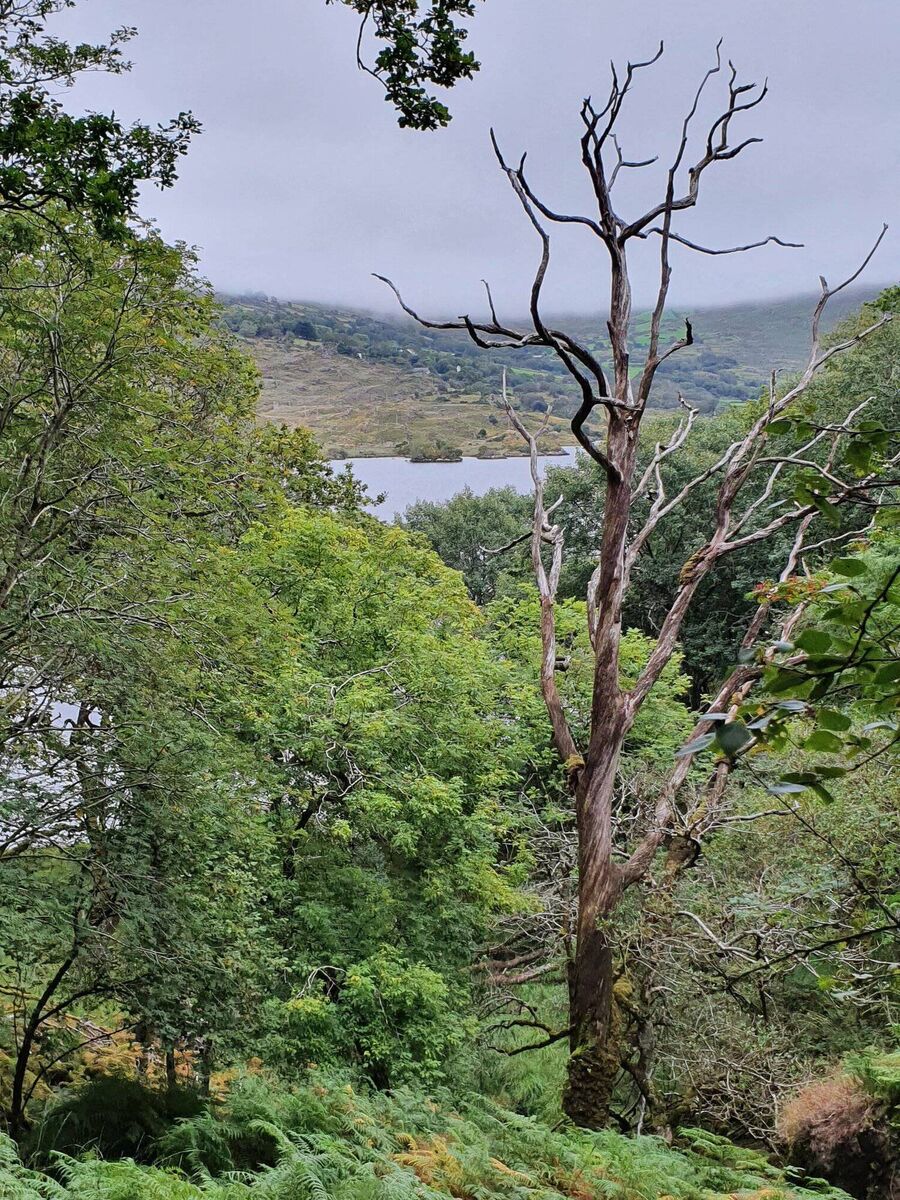
The current situation is that non-native tree species end up being planted, they added.
“These can, in popular terms, cause “ecological havoc” or, in other words, have unintended consequences that degrade the environment even further, sometimes rapidly. These unsuitable trees are usually used because the actual planters of the trees don’t have the knowledge on what would be better to plant, or simply don’t have access to the needed tree seeds.”
The importance of getting tree seed sourcing right can’t be overemphasised, they said.
“Natural climate solutions could provide over one-third of the cost-effective climate mitigation needed between now and 2030 to keep planetary warming below 2°C, and at the same time provide for benefits to economies, for biodiversity and for human health. These benefits however rely on restoration being done successfully.”
There is a sliver of hope for Uragh, thanks to Eoghan Daltun’s recent highlighting of the ancient wonder’s demise.
In light of his online exposé of its current state, Green Party TD Neasa Hourigan raised it with Heritage Minister Malcolm Noonan in the Dáil.
“National Parks and Wildlife Service (NPWS) officials of my department monitor designated sites and, in conjunction, with other public authorities, as appropriate, investigate incidents within these sites in accordance with the provisions of the Wildlife Acts and the European Communities (Birds and Natural Habitats) Regulations 2011.
"Once the fencing project is completed my department intends to address the additional grazing pressures on the site by both domestic stock, feral goats, and deer through established management techniques,” Mr Noonan said.








